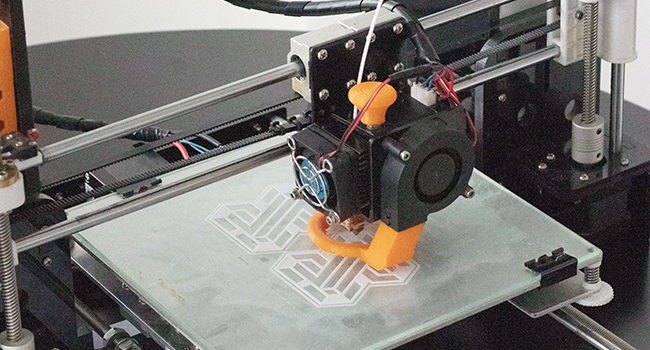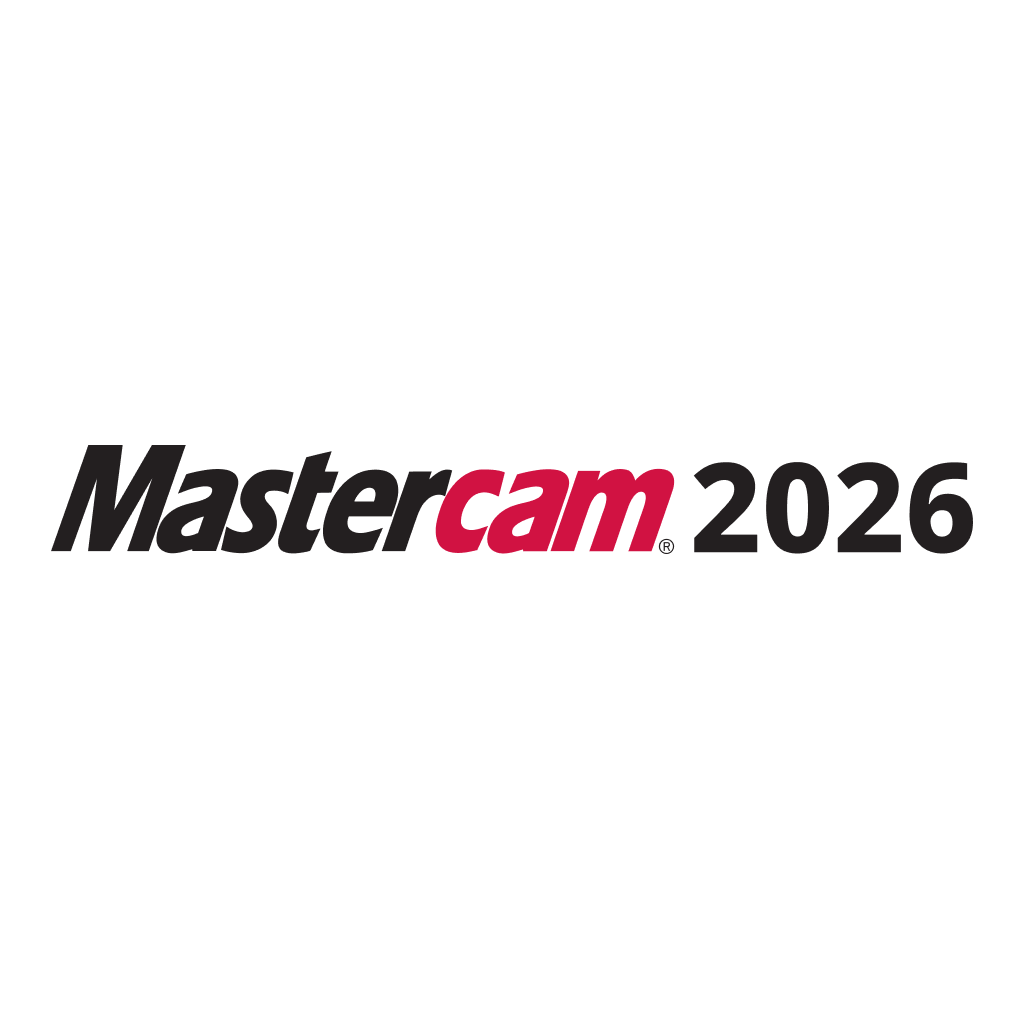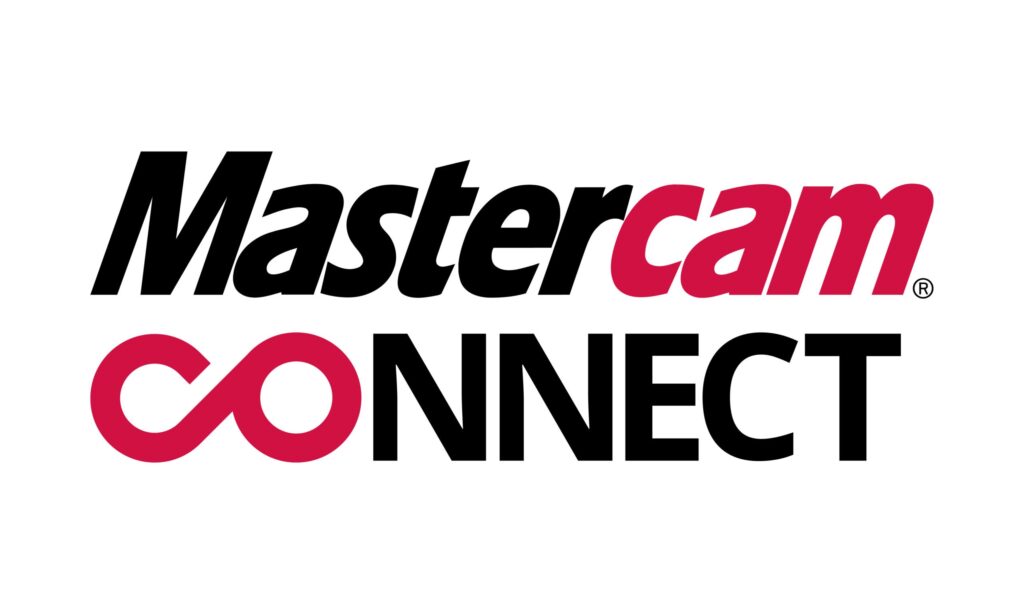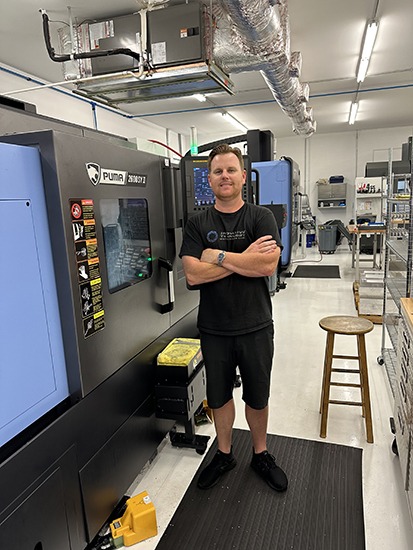
NC code, CNC machines, G-code, CAD software, CAM software, 3D printing – even a quick dive into manufacturing will bombard you with terms like these. But what do they mean, and are they connected? This blog will piece apart three of the most commonly used terms in production circles today: CAD, CAM, and 3D printing. First, let’s define the three:
- CAD: computer-aided design; software that crafts virtual models of parts and part assemblies that will later be manufactured.
- CAM: computer-aided manufacturing; software that directs the actual manufacturing of said part(s) by communicating with a numerically controlled (NC) manufacturing machine.
- 3D printing: the process of building parts by laying material on a base or on other material in a predetermined motion.
Just knowing their definitions isn’t enough, though. Let’s look at the relationships between and among these concepts.
CAD and CAM Working Together
CAD and CAM are used in tandem, but both are distinct types of software. CAD was created to automate the drafting of products. It is often used by designers to create renderings and drawings of models. These renderings can display the size, texture, shape, material, and general appearance of the designed part.
Instead of painstakingly drawing multiple two-dimensional diagrams by hand, ensuring that all of the measurements are correct, keeping careful track of the copies so that nothing is accidentally destroyed, and hoping that nothing is lost in translation, now designers generate models quickly and easily in their CAD programs.
When discussing CAD systems, CAM systems are often mentioned. CAM software – or computer-aided manufacturing software – builds NC code for CNC machines that produce parts. The software plans out and directs toolpath motion to achieve the most efficient manufacturing.
Milling, turning, routing, metal stamping, grinding, and laser cutting can all be supported by CAM. Some CAM systems come with their own CAD systems to make design and manufacturing more streamlined.
3D Printing and CAD/CAM
While an ink printer creates images by organizing layers of liquid ink on paper, a 3D printer creates three dimensional objects by organizing layers of molten plastics (or other materials) on top of each other. Just like with any machined part, a 3D printed part will be produced most efficiently when designed with CAD. 3D printers are subject to the instructions contained in the CAD model. They use this data to determine how much material to deposit and where exactly to deposit it.
After a part has been printed, engineers sometimes must go back in and machine the part. This is due to the fact that 3D printing is often not accurate enough to build parts that must meet tight tolerances.
3D printed parts for the medical and aerospace industry, for example, are often not functional or safe immediately off the printer. Parts like these must be taken back into a CAD program for further modeling at the designated scale and then exported to a CAM program so that the machining aspect can be programmed. Usually, the machining is quick, focusing mainly on finishing toolpaths that turn out high quality surface finishes.
Overall, the main difference between CAD/CAM and 3D printing is 3D printing is a manufacturing process to make components, while CAD/CAM is the process of designing and manufacturing these components.
Give Mastercam a Try
Download a free trial version of Mastercam today to experiment with its CAD and CAM capabilities.


